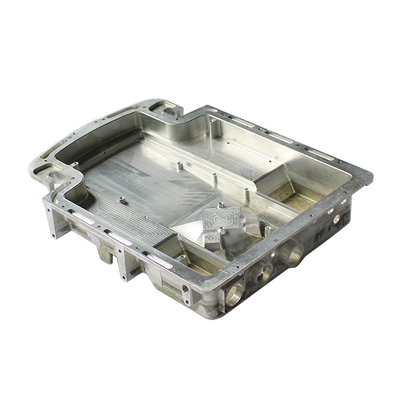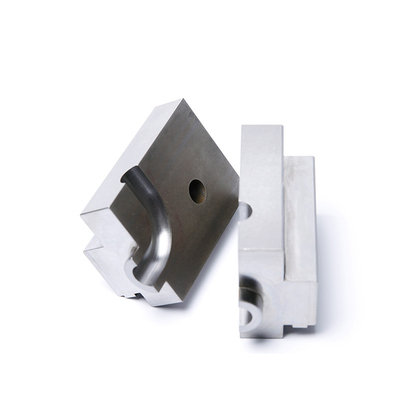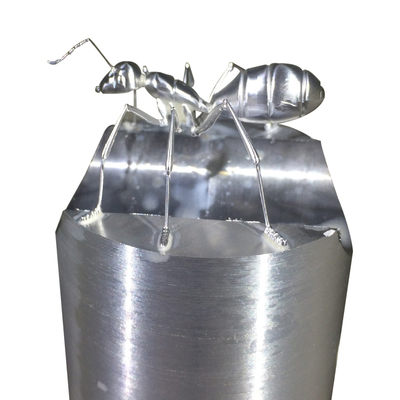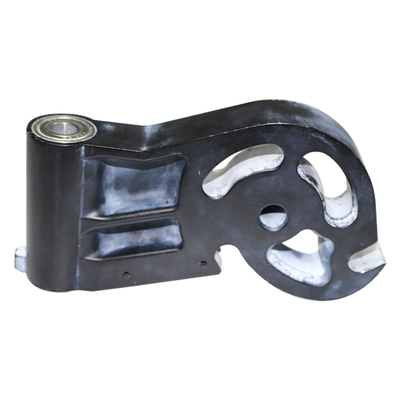The principles that CNC lathes should follow in the sequence of turning parts
Focus on CNC lathes
After selecting the processing method and dividing the process, the next step is to arrange the sequence of the process reasonably. The processing procedures of parts usually include cutting procedures, heat treatment procedures and auxiliary procedures. Reasonably arrange the order of cutting, heat treatment and auxiliary procedures, and solve the problem of connection between procedures, which can improve the processing quality and production efficiency of the parts and reduce the processing cost. . To process parts on a CNC lathe, the processes should be divided according to the principle of process concentration, and the order of parts turning processing generally follows the following principles.
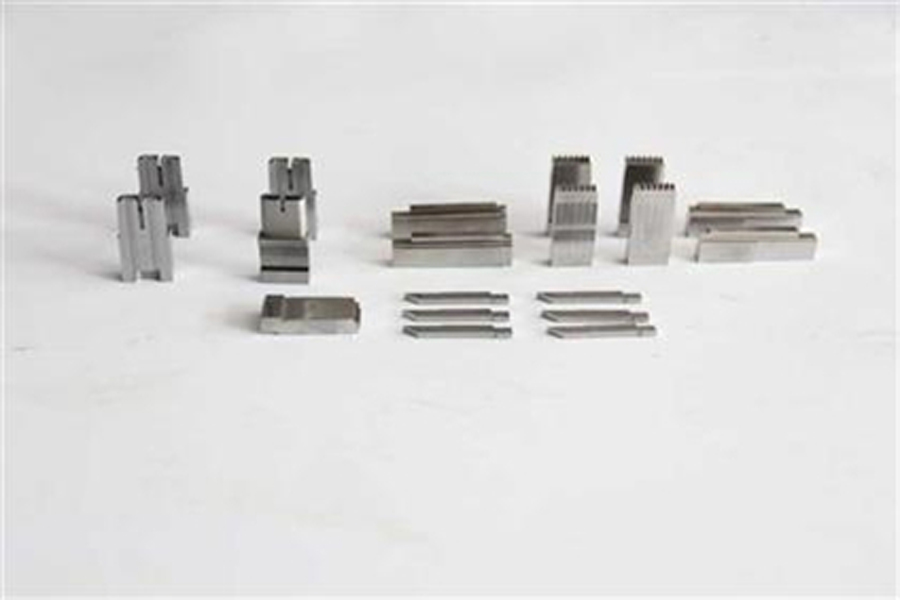
1. CNC lathes are rough first and then refined in parts processing
Follow the order of rough turning→semi-finishing turning→finishing turning to gradually improve the machining accuracy of the parts. Rough turning will cut off most of the machining allowance on the surface of the workpiece in a relatively short time, which not only improves the metal removal rate, but also meets the requirements for the uniformity of the finishing allowance. If the uniformity of the margin left after rough turning cannot meet the requirements of finishing, semi-finishing turning should be arranged to make the finishing margin small and even. When finishing turning, the tool moves along the contour of the part in one pass to ensure the machining accuracy of the part.
2. The CNC lathe is near first and then farther in the processing of parts
The far and near mentioned here are based on the distance between the processing part and the tool change point. Usually during rough machining, the parts close to the tool change point are processed first, and the parts far away from the tool change point are processed later, in order to shorten the tool movement distance, reduce the idle travel time, and help maintain the rigidity of the blank or semi-finished product, and improve Its cutting conditions.
3. CNC lathe crosses inside and outside part processing
For parts with both inner surface (inner shape, cavity) and outer surface, when arranging the processing sequence, the inner and outer surfaces should be roughed first, and then the inner and outer surfaces should be finished.
When processing the inner and outer surfaces, the inner mold and cavity are usually processed first, and then the outer surface is processed. The reason is that it is difficult to control the size and shape of the inner surface, the rigidity of the tool is relatively poor, the durability of the tool tip (edge) is easily affected by the cutting heat, and it is difficult to remove chips during processing.
4. The tool concentration of CNC lathes in parts processing
Tool concentration means that one tool is used to process the corresponding parts, and then another tool is used to process the corresponding other parts, so as to reduce the idle stroke and tool change time.
5. CNC lathe takes the base surface first in parts processing
The surface used as a precision datum should be processed first, because the more accurate the surface as a positioning datum, the smaller the clamping error. For example, when machining shaft parts, the center hole is always processed first, and then the outer surface and end face are processed with the center hole as a fine reference.
Determining the Feeding Route of CNC Lathe in Parts Processing
The feed path refers to the path that the tool travels from the starting point until it returns to this point and ends the processing program, including the path of cutting processing and the non-cutting empty strokes such as tool introduction and cutting.
1. The CNC lathe introduces and cuts out the tool in the part processing
When processing on a CNC lathe, especially when finishing turning, it is necessary to properly consider the cutting and cutting route of the tool, and try to make the tip of the tool lead in and cut out along the tangent direction of the contour to avoid elastic deformation due to sudden changes in cutting force , Causing problems such as surface scratches, shape mutations or retained knife marks on the smooth connection contour.
2. The CNC lathe determines the shortest empty travel route in the part processing
In addition to relying on a lot of practical experience to determine the shortest air travel route, it should also be good at analysis, with some simple calculations when necessary. When manually compiling a more complex contour processing program, programmers (especially beginners) sometimes execute the "return to zero" (ie return to the tool change point) instruction to return the tool after each cut to the tool change point. Position, and then perform subsequent procedures. This will increase the distance of the knife path, thereby greatly reducing production efficiency. Therefore, the "return to zero" command should not be used when executing the tool retraction without changing the tool. When arranging the knife path, the distance between the end point of the previous knife and the starting point of the next knife should be as short as possible to meet the shortest requirement of knife path. The position of the tool change point of the CNC lathe is based on the principle that it does not touch the workpiece when changing the tool.
3. The CNC lathe determines the shortest cutting feed route in parts processing
Short cutting feed path can effectively improve production efficiency and reduce tool wear. When arranging the cutting feed route for roughing or semi-finishing, the rigidity of the processed parts and the processability of the processing requirements should be taken into account at the same time, and do not lose sight of the other.
Link to this article: The principles that CNC lathes should follow in the sequence of turning parts
Reprint Statement: If there are no special instructions, all articles on this site are original. Please indicate the source for reprinting:https://www.cncmachiningptj.com
 PTJ® is a customized manufacturer that provides a full range of copper bars, brass parts and copper parts. Common manufacturing processes include blanking, embossing, coppersmithing, wire edm services, etching, forming and bending, upsetting, hot forging and pressing, perforating and punching, thread rolling and knurling, shearing, multi spindle machining, extrusion and metal forging and stamping. Applications include bus bars, electrical conductors, coaxial cables, waveguides, transistor components, microwave tubes, blank mold tubes, and powder metallurgy extrusion tanks.
PTJ® is a customized manufacturer that provides a full range of copper bars, brass parts and copper parts. Common manufacturing processes include blanking, embossing, coppersmithing, wire edm services, etching, forming and bending, upsetting, hot forging and pressing, perforating and punching, thread rolling and knurling, shearing, multi spindle machining, extrusion and metal forging and stamping. Applications include bus bars, electrical conductors, coaxial cables, waveguides, transistor components, microwave tubes, blank mold tubes, and powder metallurgy extrusion tanks.
Tell us a little about your project’s budget and expected delivery time. We will strategize with you to provide the most cost-effective services to help you reach your target,You are welcome to contact us directly ( [email protected] ) .

- 5 Axis Machining
- Cnc Milling
- Cnc Turning
- Machining Industries
- Machining Process
- Surface Treatment
- Metal Machining
- Plastic Machining
- Powder Metallurgy Mold
- Die Casting
- Parts Gallery
- Auto Metal Parts
- Machinery Parts
- LED Heatsink
- Building Parts
- Mobile Parts
- Medical Parts
- Electronic Parts
- Tailored Machining
- Bicycle Parts
- Aluminum Machining
- Titanium Machining
- Stainless Steel Machining
- Copper Machining
- Brass Machining
- Super Alloy Machining
- Peek Machining
- UHMW Machining
- Unilate Machining
- PA6 Machining
- PPS Machining
- Teflon Machining
- Inconel Machining
- Tool Steel Machining
- More Material

